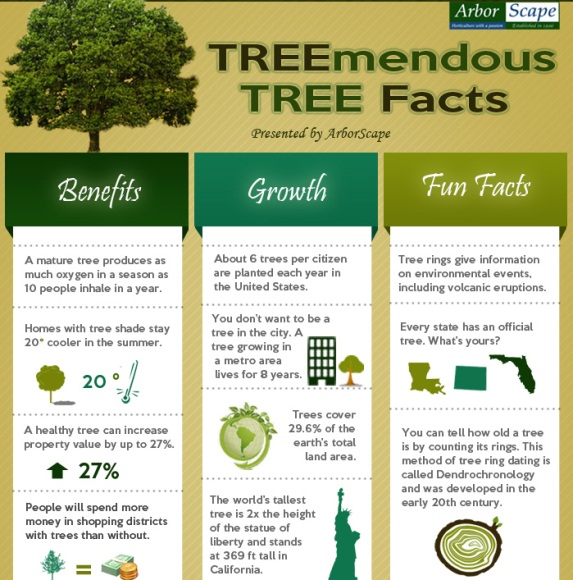Post-Tree Elimination Upkeep: Efficient Methods For Landscape Repair
Post-Tree Elimination Upkeep: Efficient Methods For Landscape Repair
Blog Article
Material Created By-Berman Deal
After a tree's elimination, your landscape might look fairly different, and it's vital to analyze the results thoroughly. You'll intend to evaluate the soil disruption and examine surrounding plants for any signs of anxiety. Overlooking these variables can result in larger troubles down the line. So, what should you make with those stumps and roots? And exactly how do you pick the very best plants for your rejuvenated area? Allow's explore these vital actions.
Examining the After-effects: Evaluating Your Landscape
After a tree elimination, it's vital to assess your landscape to recognize the effect it carries your lawn.
Begin by analyzing the area where the tree stood. Seek indications of dirt disturbance, and check the surrounding plants for any stress or damage.
click for more should additionally make note of just how the elimination has actually changed sunshine direct exposure and airflow in your garden. This change can impact the development of neighboring plants, so it's essential to review their health and wellness.
Take into consideration the visual facets too; the elimination could develop an open space that you can redesign.
Finally, think of any type of potential erosion concerns that could occur from the tree's lack. Resolving these elements early will assist bring back equilibrium to your landscape.
Dealing With Stumps and Roots: Choices for Removal
When you have actually evaluated the aftermath of the tree removal, you'll likely need to deal with the stump and origins left.
You have a few choices for removal. One effective technique is stump grinding, where a professional utilizes a maker to grind the stump to below ground degree. This method leaves minimal disruption to your landscape.
If you choose a DIY approach, you can utilize a combination of excavating and chemical stump cleaners. Simply keep in mind, this procedure can take time and effort.
Conversely, think about leaving the stump as an all-natural attribute, which can work as an unique yard aspect or habitat for wild animals.
Whatever you select, resolving the stump and roots is crucial for recovering your landscape.
Selecting the Right Plants for Your New Room
As you evaluate your newly removed area, choosing the right plants can considerably boost your landscape's appeal and performance.
Begin by considering the sunlight and dirt conditions. For sunny areas, go with drought-resistant plants like lavender or succulents. In shaded spots, ferns and hostas grow well.
Consider the size and growth behaviors of your plants; mix perennials and annuals for seasonal selection. Don't neglect to integrate native types; they require much less maintenance and support local wildlife.
Group plants in strange numbers for a much more all-natural appearance and develop layers for aesthetic depth.
Ultimately, guarantee you have a mix of shades and appearances to keep your landscape vivid throughout the seasons.
Satisfied growing!
Verdict
Finally, recovering your landscape after tree removal is a satisfying procedure. By analyzing the aftermath, attending to stumps and roots, and selecting the right plants, you'll create a successful atmosphere. Don't neglect to integrate disintegration control measures to shield your soil. With a little effort and care, you can transform your room right into a vibrant garden that boosts your residential property. Embrace Trimmed Pear Tree to renew your landscape and enjoy the charm of nature right in your yard!
